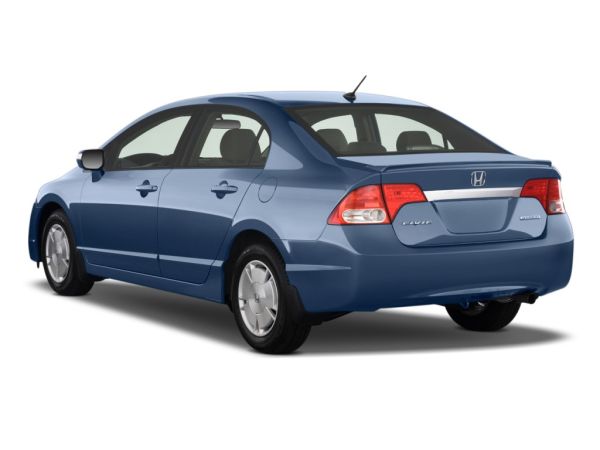As you might assume, driverless cars are coming. The concept of self-driving cars has been around for a long time, but now there’s a very real possibility that we might start seeing driverless cars on public roads within the next couple of years.
An autonomous or driverless car is a vehicle capable of sensing its environment and navigating without a human operator. They are fitted with sensors, high powered cameras, LIDAR, and of course the key component, artificial intelligence software.
We are already seeing the integration of semi-autonomous features in some cars today including lane assist and adaptive cruise control. Many high-end cars have such systems, but we are now seeing the gradual adoption of these technologies to mainstream vehicles. As the technology has developed, vehicles can now be equipped with more and more active safety functions as well as assist functions, such as fully autonomous assisted parking and automatic braking. We are inching towards fully autonomous cars as production vehicles.
Many companies, including Cruise, Delphi and Google are already testing fully autonomous cars in locations around the world. Engineers claim that these vehicles and their automotive safety sensors are safer and more reliable than humans and offer more efficient routes, more efficient vehicle operations and can be useful in reducing emissions.
However, with new technologies come risks, and engineers are continuing to overcome challenges such as ensuring the cars can read signs, sense pedestrians and recognize traffic signals before they can be declared as 100% safe for public roads. Companies like ON Semiconductor work directly with Tier 1 suppliers and manufacturers to overcome these challenges and continue to invest in imaging, power management and vehicle networking.
Those in the industry predict that driverless cars will eventually transform our travel and consumption patterns, and taxi companies such as Uber will be among the first to start using autonomous taxi vehicles. It may seem like a fight for the big companies to deliver driverless cars to the masses, but it’s still early days regarding the regulatory and policy issues of how to integrate these vehicles onto the roads when there are still cars operated fully by humans. Therefore, it may still be a little while until the regular driver can sit back and relax while they enjoy the convenience and stress-free nature of driverless cars.
Article Submitted By Community Writer



